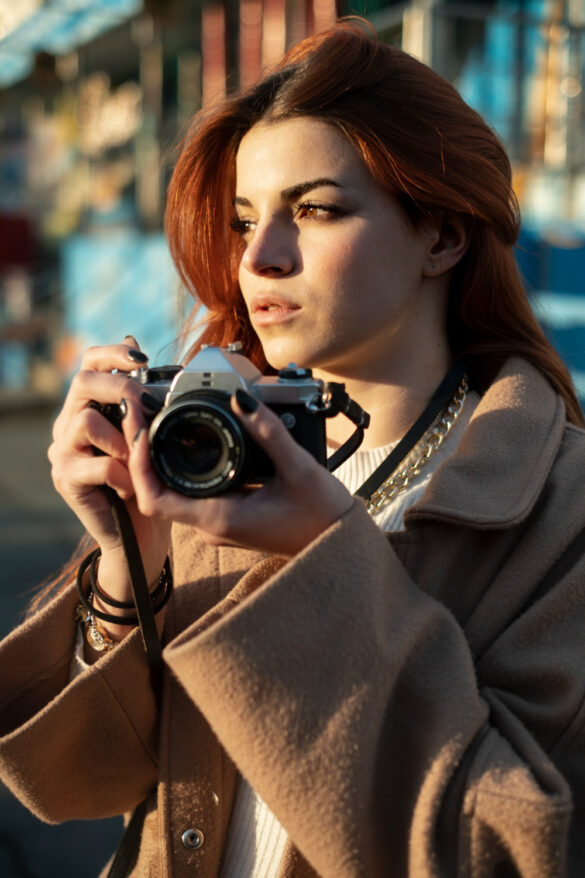Table of Contents
Professional Portrait Photography: How to Capture the Essence of Your Subject
Professional Portrait photography is more than just taking a picture of someone’s face. It’s about revealing their personality, identity, and story through the lens of your camera. Portrait photography can be challenging, but also rewarding, as you get to connect with your subject and create a lasting impression.
In this article, you’ll learn how to master the art of professional portrait photography. You’ll discover how to prepare for a shoot, choose the right settings and equipment, compose and frame your shots, use different lighting techniques, and edit your photos to enhance their quality and appeal. You’ll also get some inspiration from some of the best portrait photographers in the world.
By following these tips, you’ll be able to take stunning portraits that capture the essence of your subject and make them stand out from the crowd.
Why is portrait photography important?

Portrait photography is important for many reasons. It can help you:
- Showcase your skills and creativity as a photographer
- Build your portfolio and reputation in the industry
- Express yourself and your vision through your images
- Communicate a message or a story to your audience
- Preserve memories and emotions for yourself and your subject
- Celebrate diversity and beauty in all its forms
Portrait photography is also a great way to challenge yourself and grow as a photographer. You’ll learn how to adapt to different situations, work with different people, and experiment with different styles and techniques.
How to prepare for a portrait photography shoot | Professional Portrait Photography
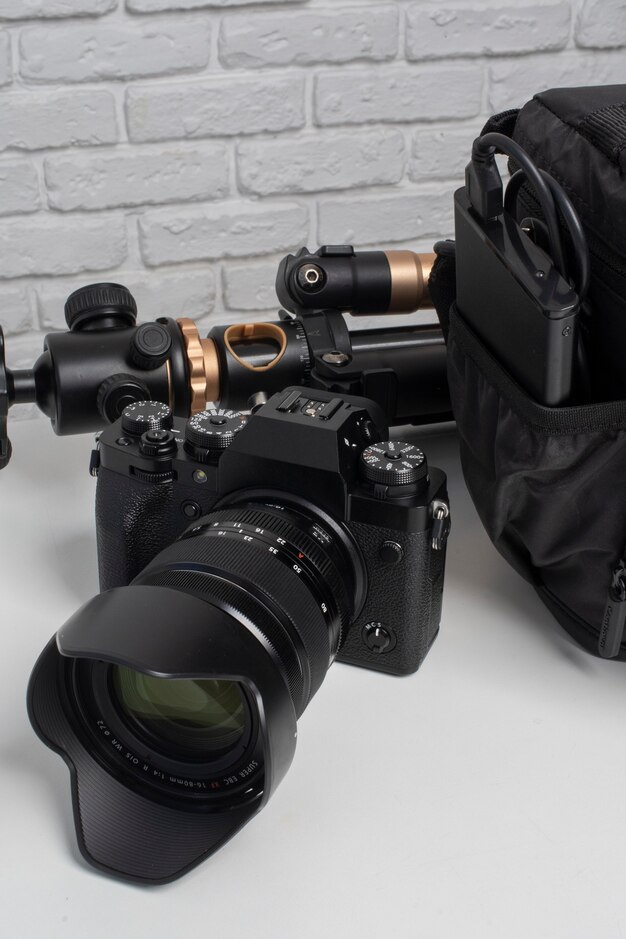
Before you start taking pictures, you need to do some preparation. This will help you save time, avoid mistakes, and achieve better results. Here are some steps to follow:
- Define your goal and purpose. What kind of portrait do you want to take? What mood or emotion do you want to convey? What message or story do you want to tell? Having a clear goal and purpose will help you plan your shoot and choose the right elements for it.
- Research your subject. Who are they? What are their interests, hobbies, passions, or personality traits? What makes them unique or special? Knowing more about your subject will help you connect with them, understand their needs and preferences, and capture their essence.
- Choose a location. Where do you want to shoot? Do you prefer an indoor or outdoor setting? What kind of background do you want? How is the lighting and weather condition? Choosing a location that suits your goal and subject will help you create a more effective and engaging portrait.
- Prepare your equipment. What camera and lens do you need? Do you need any additional accessories, such as a tripod, flash, reflector, or remote control? Do you need any props or costumes for your subject? Preparing your equipment in advance will help you avoid technical issues and focus on your creativity.
- Communicate with your subject. How do you want them to dress, pose, or act? What are their expectations and concerns? How can you make them feel comfortable and confident? Communicating with your subject before and during the shoot will help you build trust, rapport, and collaboration.
How to choose the right camera settings for portrait photography | Professional Portrait Photography

One of the most important aspects of professional portrait photography is choosing the right camera settings. The settings you use will affect the exposure, sharpness, depth of field, color, and quality of your images. Here are some tips on how to choose the right settings for portrait photography:
Use aperture priority mode (A or Av).
This mode allows you to control the aperture (the size of the opening in the lens) while the camera automatically adjusts the shutter speed (the length of time the sensor is exposed to light) to achieve the correct exposure. Aperture priority mode is ideal for portrait photography because it lets you control the depth of field (the range of distance that appears sharp in the image) which affects the background blur (also known as bokeh) of your portraits.
Choose a large aperture (small f-number).
A large aperture lets more light into the sensor and creates a shallow depth of field. This means that only your subject will be in focus while the background will be blurred out. This helps isolate your subject from the surroundings and draw attention to their face. A large aperture also allows you to use a faster shutter speed which reduces camera shake and motion blur. A good range for portrait photography is between f/1.4 and f/5.6 depending on how much blur you want.
Adjust the ISO (the sensitivity of the sensor to light).
The ISO setting affects the brightness and noise (graininess) of your images. A low ISO (e.g., 100 or 200) produces brighter and cleaner images but requires more light. A high ISO (e.g., 800 or 1600) produces darker and noisier images but allows you to shoot in low-light situations. The best ISO setting for portrait photography depends on the lighting condition and the effect you want to achieve. Generally, you should use the lowest ISO possible that gives you a good exposure and a fast enough shutter speed to avoid blur.
Set the white balance (the color temperature of the light).
The white balance setting affects the color and mood of your images. Different light sources have different color temperatures, ranging from warm (yellow or orange) to cool (blue or purple). The white balance setting tells the camera how to adjust the colors to make them look natural and accurate. You can use the preset white balance modes (e.g., sunny, cloudy, tungsten, fluorescent, etc.) or the custom white balance mode (where you use a white or gray card to calibrate the camera) depending on the situation. You can also change the white balance in post-processing if you shoot in RAW format.
How to compose and frame your portrait shots
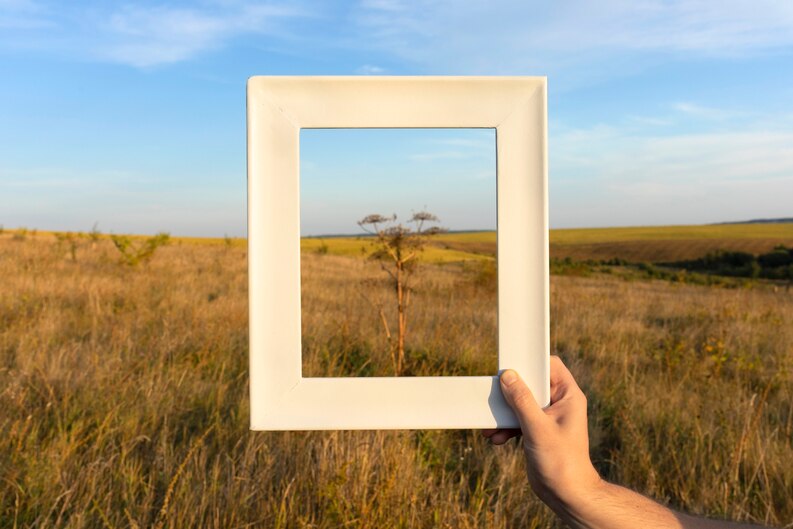
Another important aspect of professional portrait photography is composition and framing. Composition is the arrangement of elements in your image, such as your subject, background, foreground, and negative space. Framing is the way you position your camera and lens to capture your subject within the image. Composition and framing affect the balance, harmony, and impact of your images. Here are some tips on how to compose and frame your portrait shots:
Use the rule of thirds.
The rule of thirds is a basic composition technique that helps you create more dynamic and interesting images. It involves dividing your image into nine equal parts using two horizontal and two vertical lines. The four points where the lines intersect are called the rule of thirds points. These points are considered to be the most effective places to position your subject or other elements of interest in your image. You can also use the lines to align your subject’s eyes or horizon for a more balanced and natural look.
Fill the frame.
Filling the frame means getting close to your subject and eliminating any unnecessary or distracting elements from your image. This helps emphasize your subject’s features, expressions, and emotions. It also creates a more intimate and personal connection between you and your subject. You can fill the frame by using a longer focal length (e.g., 85mm or 100mm), zooming in, or physically moving closer to your subject.
Leave some negative space.
Negative space is the empty or unoccupied area around your subject. Leaving some negative space in your image can create a sense of openness, simplicity, and minimalism. It can also add context, contrast, and drama to your image. You can use negative space to create a sense of movement, direction, or anticipation for your subject. For example, you can leave some negative space in front of your subject’s face if they are looking or moving in that direction.
Try different angles and perspectives.
Angles and perspectives are the ways you view your subject from different positions and heights. Trying different angles and perspectives can change the mood, meaning, and impression of your images. For example, shooting from above can make your subject look smaller, weaker, or more innocent. Shooting from below can make them look bigger, stronger, or more dominant. Shooting from eye level can create a sense of equality, intimacy, or connection.
How to use different lighting techniques for portrait photography
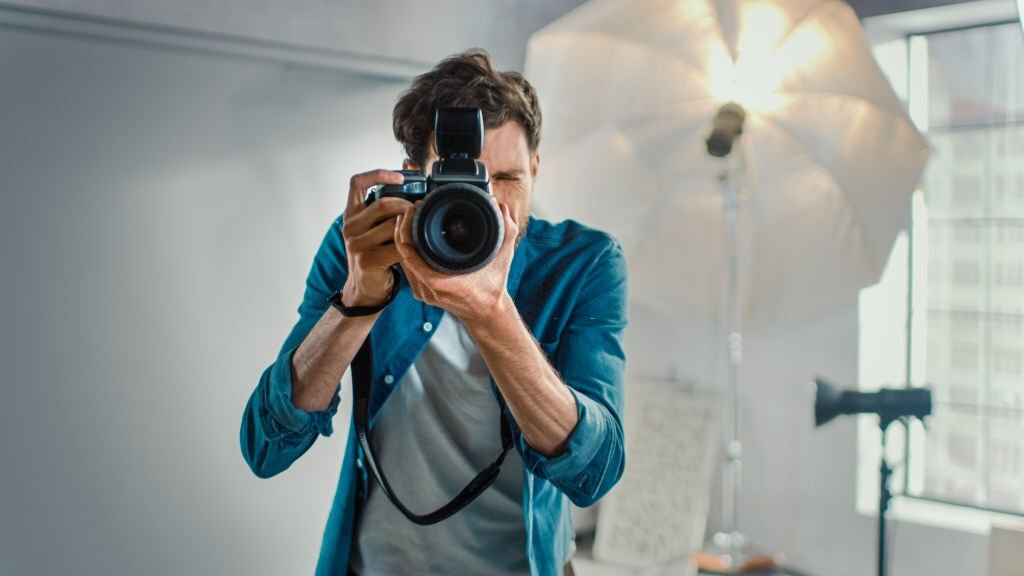
Lighting is one of the most crucial and challenging aspects of professional portrait photography. Lighting affects the brightness, contrast, color, texture, and mood of your images. It also shapes and defines your subject’s face and body by creating shadows and highlights. There are many different lighting techniques for portrait photography that you can use depending on the effect you want to achieve. Here are some tips on how to use different lighting techniques for portrait photography:
Use natural light.
Natural light is the light that comes from the sun or the sky. It is one of the best sources of light for portrait photography because it is soft, flattering, and versatile. You can use natural light in different ways depending on the time of day, weather condition, and location. For example, you can use golden hour light (the hour before sunset or after sunrise) to create a warm and romantic glow on your subject’s skin. You can use overcast light (when it’s cloudy) to create a soft and even light that reduces shadows and highlights. You can use window light (when it’s sunny) to create a directional and dramatic light that enhances your subject’s features.
Use artificial light.
Artificial light is the light that comes from man-made sources such as lamps, flashes, strobes, or LED panels. It is one of the most challenging sources of light for portrait photography because it requires more skill, equipment, and control. You can use artificial light in different ways depending on the type, intensity, color, direction, and distance of the light source. For example, you can use a flash (a short burst of bright light) to add more light to your scene when it’s dark or to fill in unwanted shadows when it’s bright. You can use a strobe (a continuous source of bright light) to create a studio-like effect with different modifiers such as umbrellas, softboxes, diffusers, or reflectors. You can use an LED panel (a flat source of dimmable and adjustable light) to create a soft and natural light that mimics window light or ambient light.
Mix natural and artificial light.
Sometimes, you may want to use both natural and artificial light to create a more balanced and creative portrait. For example, you can use a flash to fill in the shadows or add a catchlight (a reflection of light in the eyes) when shooting in natural light. You can also use a colored gel (a transparent filter that changes the color of the light) to add some color contrast or drama to your portrait.
How to edit your portrait photos
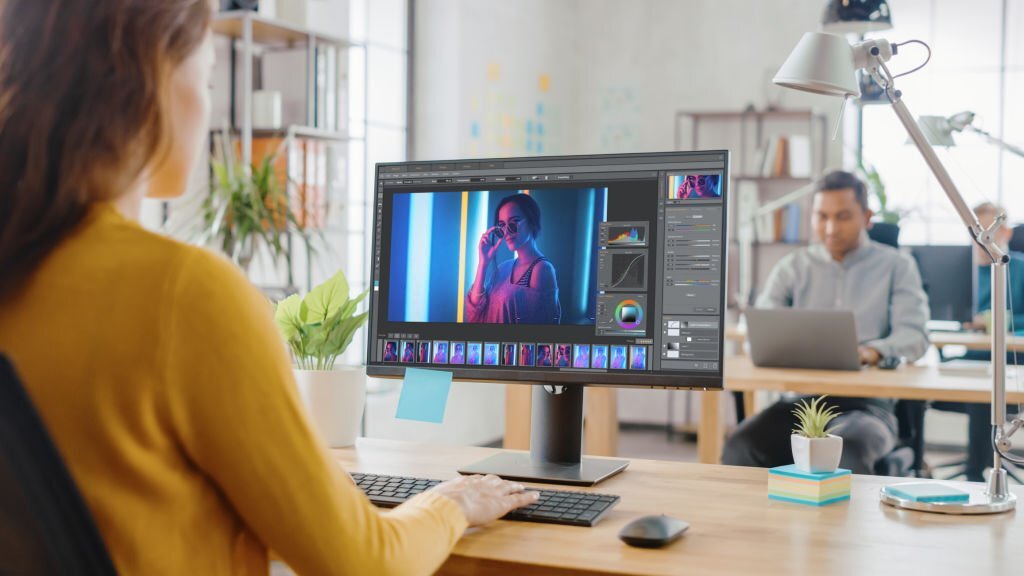
Editing is the final step of professional portrait photography. Editing allows you to enhance the quality, appearance, and style of your images. It also gives you the opportunity to correct any flaws, mistakes, or imperfections that may have occurred during the shoot. Here are some tips on how to edit your portrait photos:
Use a photo editing software.
A photo editing software is a program that allows you to manipulate your images in various ways. There are many photo editing software available, such as Adobe Photoshop, Lightroom, GIMP, or Snapseed. You can use these software to crop, resize, rotate, adjust, filter, retouch, or stylize your images.
Shoot in RAW format.
RAW format is a file format that captures all the data from the sensor without any compression or processing. RAW format gives you more control and flexibility over your images than JPEG format, which is a compressed and processed file format. Shooting in RAW format allows you to adjust the exposure, white balance, color, contrast, sharpness, and noise of your images without losing any quality or detail.
Retouch your subject’s skin.
Retouching your subject’s skin is one of the most common and important editing tasks for portrait photography. Retouching your subject’s skin can help you smooth out any wrinkles, blemishes, scars, or spots that may distract from their beauty. However, you should be careful not to overdo it and make your subject look unnatural or plastic. You can use tools such as healing brush, clone stamp, patch tool, or frequency separation to retouch your subject’s skin.
Enhance your subject’s eyes.
Enhancing your subject’s eyes is another common and important editing task for portrait photography. Enhancing your subject’s eyes can help you bring out their expression, emotion, and personality. You can use tools such as dodge and burn, sharpening, or curves to enhance your subject’s eyes. You can also add some catchlights or change the color of their eyes if you want.
Apply some filters or presets.
Filters or presets are pre-made settings that apply a certain effect or style to your images. Filters or presets can help you save time and achieve a consistent look for your images. You can use filters or presets to change the mood, tone, or atmosphere of your images. For example, you can use filters or presets to make your images look vintage, black and white, sepia, or cinematic.
How to get inspired by other portrait photographers
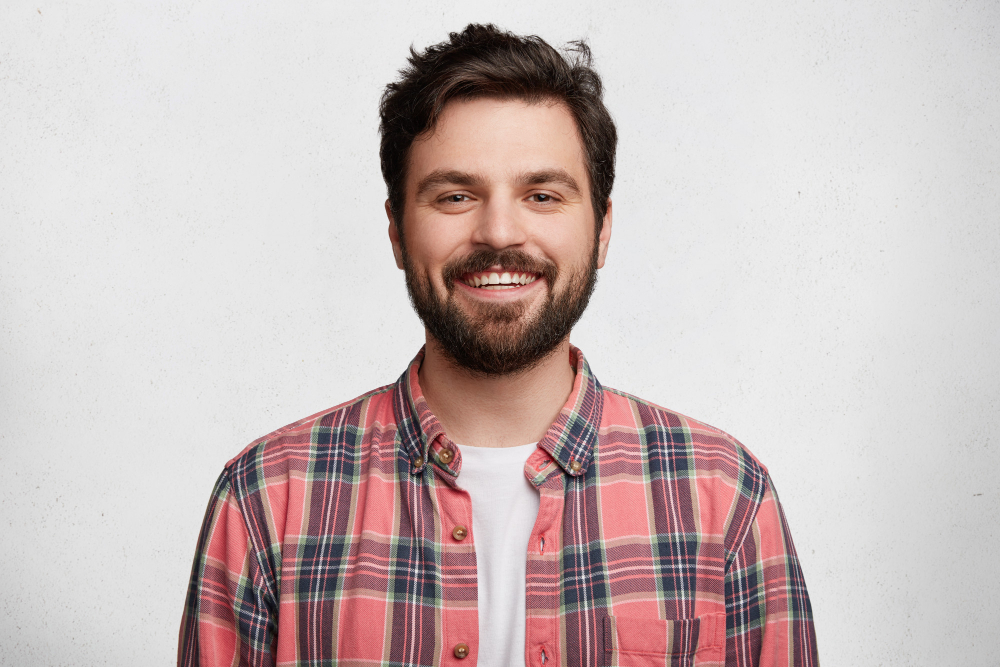
One of the best ways to improve your portrait photography skills is to get inspired by other portrait photographers. You can learn from their techniques, styles, and stories and apply them to your own work. You can also get some ideas and inspiration for your next shoot by looking at their images. Here are some of the best portrait photographers in the world that you can follow and admire:
- Annie Leibovitz: Annie Leibovitz is one of the most famous and influential portrait photographers of all time. She is known for her iconic portraits of celebrities, politicians, artists, and athletes for magazines such as Rolling Stone, Vanity Fair, and Vogue. Her portraits are often dramatic, creative, and expressive.
- Steve McCurry: Steve McCurry is one of the most renowned and respected photojournalists in the world. He is known for his portraits of people from different cultures and backgrounds around the world. His portraits are often captivating, colorful, and emotional.
- Martin Schoeller: Martin Schoeller is one of the most acclaimed and prolific portrait photographers in the world. He is known for his close-up portraits of famous and ordinary people with a distinctive style of lighting and composition. His portraits are often striking, intimate, and revealing.
- Yousuf Karsh: Yousuf Karsh was one of the most celebrated and influential portrait photographers of the 20th century. He was known for his portraits of prominent figures such as Winston Churchill, Albert Einstein, Ernest Hemingway, and Audrey Hepburn. His portraits were often elegant, powerful, and timeless.
Conclusion
Portrait photography is a rewarding and challenging form of photography that requires skill, creativity, and passion. By following these tips on how to prepare for a shoot, choose the right settings and equipment, compose and frame your shots, use different lighting techniques, and edit your photos, you’ll be able to take professional and stunning portraits that capture the essence of your subject. You’ll also be able to get inspired by other portrait photographers and learn from their work. Portrait photography is a great way to express yourself, communicate with your subject, and share your vision with the world.


